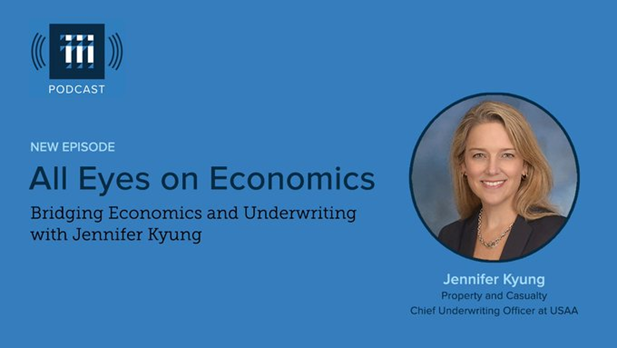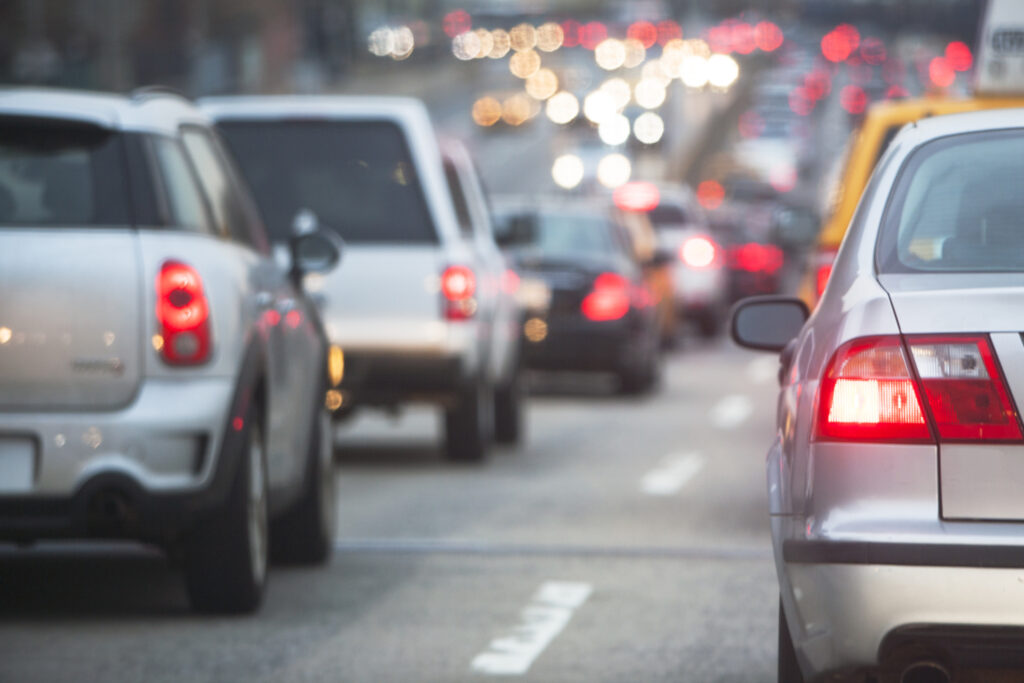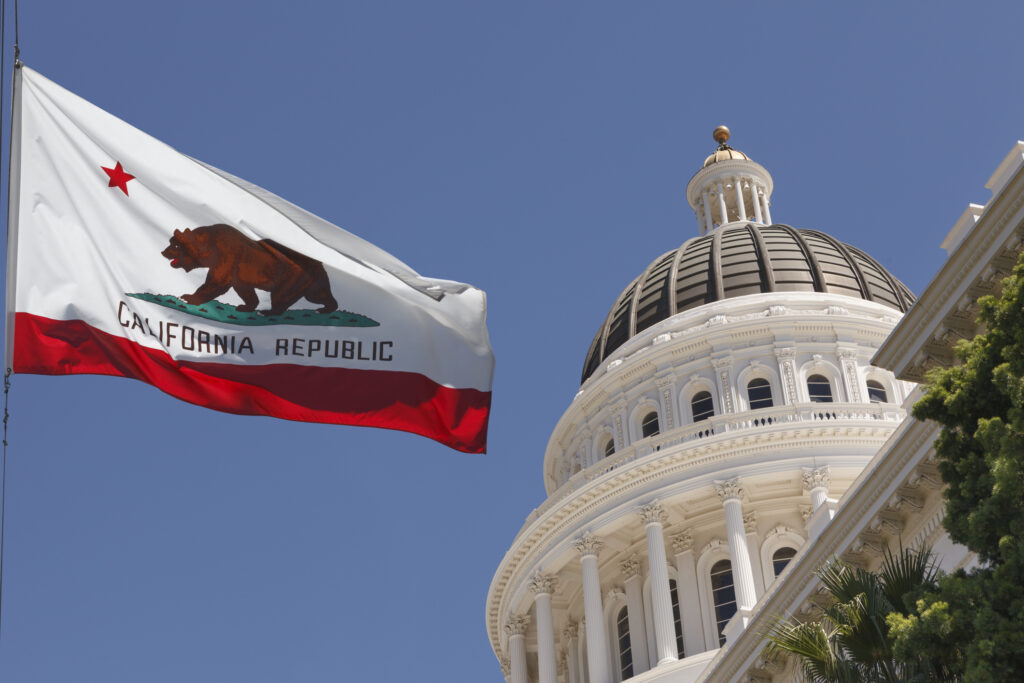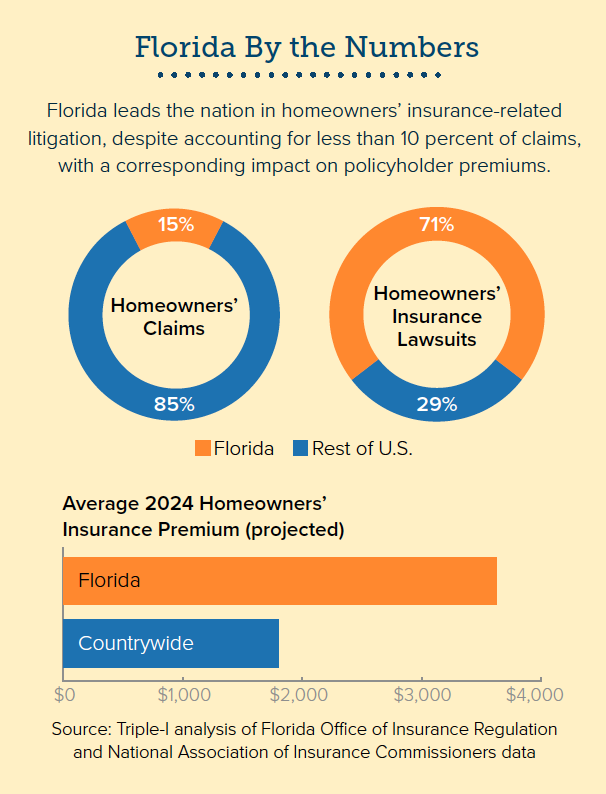
Michigan personal auto insurance affordability improved markedly after enacting substantial auto insurance reform in 2019, according to a new report by the Insurance Research Council (IRC) – like the Triple-I, a division of The Institutes
The study, Personal Auto Insurance Affordability in Michigan, found that personal auto insurance expenditures accounted for 1.9 percent of the median household income in Michigan in 2022 (the last year the data is available), a decline of half-a-percent from the pre-reform peak. Michigan’s expenditure share remains higher than the percentage in the overall U.S. and forty-four other states.
Other key findings from the report include:
- Before the reforms, Michigan drivers were required to purchase unlimited personal injury protection (PIP) coverage; in comparison, the second highest mandated amount of PIP coverage was $50,000 in New York. The unlimited medical benefits and other features, such as attendant care benefits and no medical fee schedule, led to Michigan’s extremely high average auto injury claim severity, which has been the primary cost driver in the state.
- In 2022, Michigan households spent $1,319 to insure each vehicle, nearly 20 percent above the national average. However, in the years since reform, expenditures have fallen in Michigan while increasing in almost every other state. From 2019 to 2022, the average expenditure for auto insurance in Michigan fell 12 percent compared with an increase of five percent in the U.S. overall.
- Uninsured and underinsured motorists are both a symptom and cause of affordability issues. In 2019, Michigan had the highest rate of uninsured drivers in the country, with more than one in four motorists lacking the required liability coverage. The uninsured motorist rate in Michigan dropped by 5 percent between 2020 and 2022.
“Efforts to improve auto insurance affordability in Michigan must begin with the underlying cost drivers: injury claim severity and litigation,” said Dale Porfilio, FCAS, MAAA, president of the IRC. “The average amount paid per auto claim for auto injury insurance is dramatically higher in Michigan, more than double the U.S. average and one and a half times the second highest state.”
Porfilio, who is also Chief Insurance Officer of the Insurance Information Institute (Triple-I), noted that the 2022 affordability data does not fully reflect many recent countrywide challenges to affordability, such as economic inflation, higher replacement costs, legal system abuse, and deteriorating driving behavior. “However, the movement of several key indicators illustrate the positive effect of the Michigan policymakers’ efforts to improve affordability in their state.”











